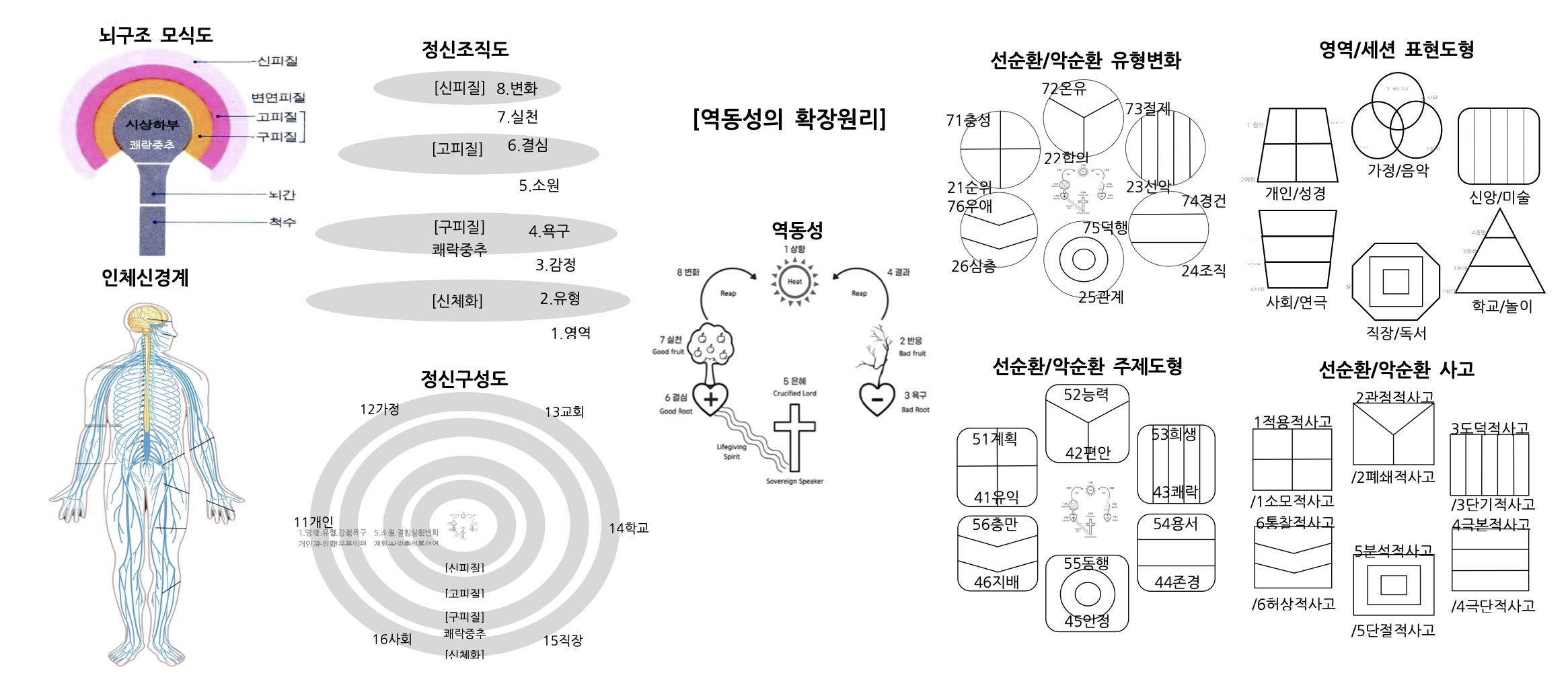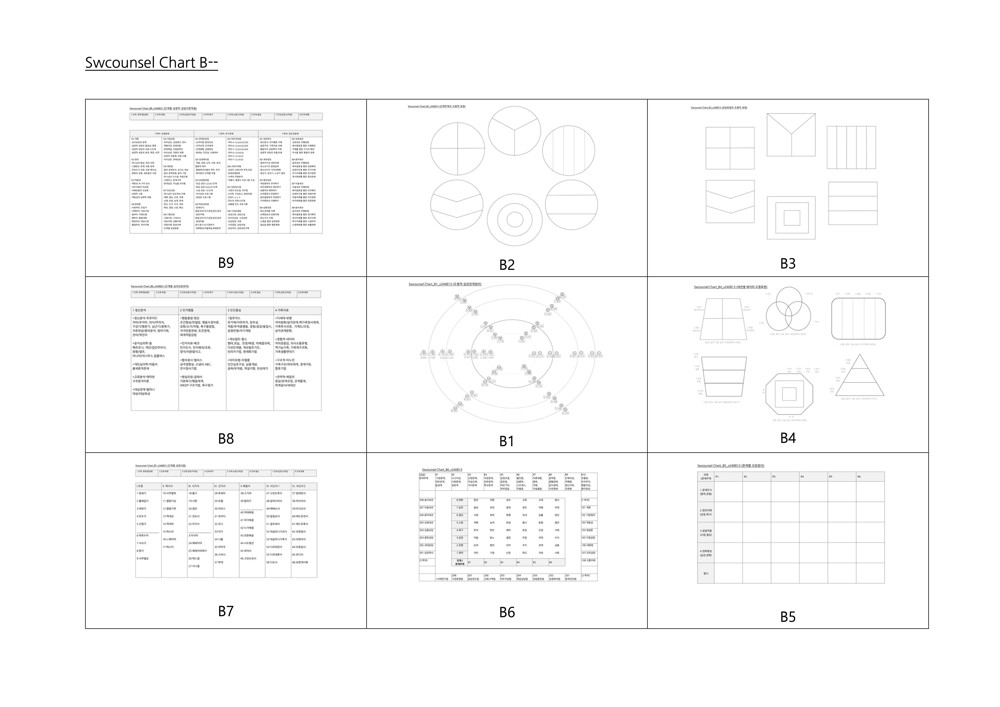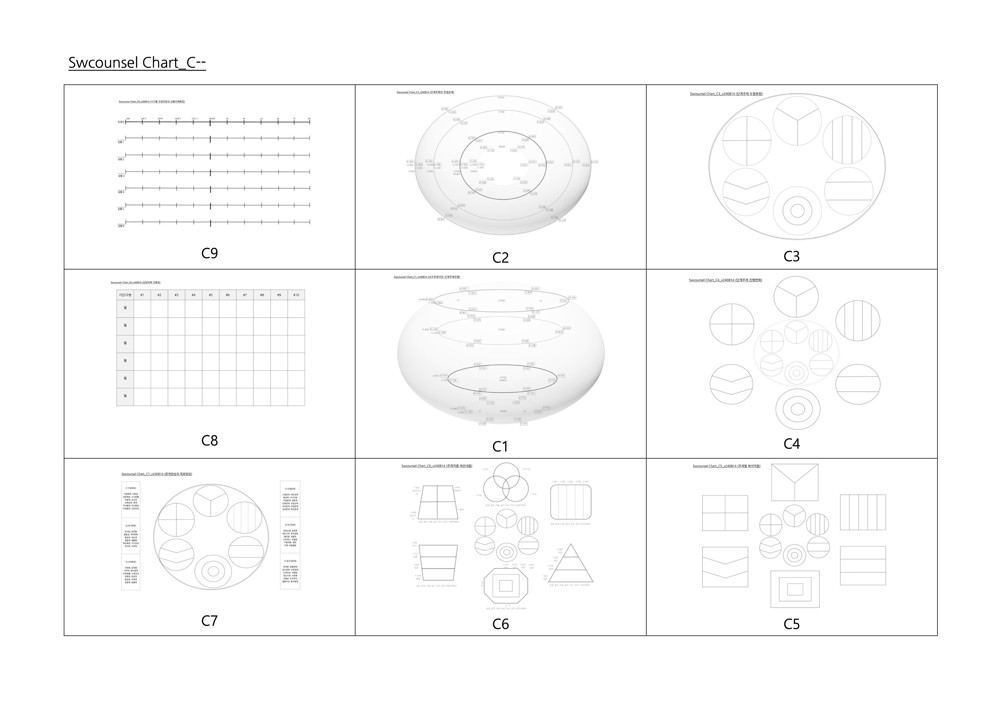In every way, the world is experiencing a wave of forced change due to the COVID-19 pandemic. How should the church respond in terms of the Reformism pastoral counseling method among the phenomena of this generation that are hastening the Second Coming of the Lord? This is an era in which there is an urgent need for a practical pastoral counseling alternative to the execution of the cultural and missionary mandate of the Bible. This is because mental preventive measures are more important than the problem of physical illness caused by COVID-19; furthermore, improving the image of the church, which has been damaged, and restoring faith is critical. This study intends to develop, verify, and propose a creative art therapy (CAT) program as a practical alternative to the biblical cultural and missionary mandates. We will also examine the implications of Abraham Kuyper's idea of Sphere Sovereignty, which had a great influence on church reform and social participation by presenting the Reformed cultural view 100 years ago and awakening the Christian's sense of a cultural mandate. This is because the ecclesial program proposed as a Reformed counseling methodology must be developed and proposed on the basis of Reformed theology. The purpose of this thesis is to discuss the participation and mission of the church as a healing community through culture and art.
Defining it conceptually, CAT is a fusion art therapy program that was researched and created by giving artistic therapeutic possibilities to creative activities that can be carried out in churches. It not only integrates and converges the characteristics of various artistic media such as art, music, literature, motion, and reading therapies, which are commonly used in art therapy, but also applies balloon art, magic performances, and art media in various ways, and it can be said that it is a prevention and growth-oriented program developed from the perspective of converging art healing with practical DIY art. In other words, the CAT program is designed to provide healing to children with psychological problems, and for children in the normal range, a program to promote growth through prevention and learning with a fusion-art healing methodology. In this study, the CAT program is designed to improve self-esteem and social skills with reference to "relationship formation,” “self-acceptance,” “acceptance of others” “competence,” and “feelings of achievement,” the components of the “self-esteem improvement program” that are the theoretical basis for the process of self-formation changes by interaction with others.
Thirty children (20 females, 10 males) from grades four to six attending a church located in Gyeonggi-do were selected as the experimental group, and another 30 children from grades four to six (20 females, 10 males) were selected as the control group to verify the effectiveness of the creative art therapy program. Through this verification, the results were derived through experiments and statistical analysis for the following three research questions.
Three main research questions were addressed in this study. First, is the CAT program effective in enhancing self-esteem as a cultural mandate execution?
Second, is the CAT program effective in improving social skills as a cultural mandate execution?
Third, how is the program satisfaction of the experimental group with whom the CAT program was implemented executed as a cultural mandate?
The method of analysis measured the reliability of the measurement tool using Cronbach's α while basic findings were analyzed by frequency analysis and descriptive statistics. The χ2 test and independent sample t-test were performed to examine the prior homogeneity test between the experimental group and the control group.
Considering the analytic method according to the research problem, analysis of covariance (ANCOVA) was first performed to examine whether the CAT program, as a means of executing the cultural mandate, was effective in enhancing self-esteem. After controlling for the prior self-esteem score in the covariant analysis, the difference in the post-test self-esteem of the two groups was verified.
Second, multivariate analysis of covariance (MANCOVA) was performed to examine whether the CAT program was effective as a means of improving sociality. Sociality consists of three sub-domains (interpersonal relationships, cooperation, and sociability), and as these factors are highly correlated, MANCOVA was found to be appropriate.
Third, frequency analysis was conducted to examine the satisfaction level of the experimental group that implemented the CAT program as a means of executing the cultural mandate.
The statistical processing of the data collected as described above was performed using the SPSS 22.0 program, and the results of the analysis are as follows.
First, is the CAT program effective in enhancing self-esteem as cultural mandate execution? Covariance analysis was performed to find out whether the self-esteem of the experimental group and the control group differed according to receiving the experimental treatment or not. As a result of covariance analysis of the post-test results after controlling for the prior self-esteem score, it was found that the prior self-esteem score had a significant effect on the post-test self-esteem score (F = 47.737, p < .001), and the post-test self-esteem of the two groups showed a statistically significant difference (F = 80.854, p < .001).
Is the CAT program effective in increasing self-esteem? The analytic results of the experimental group showed that their post-test score on self-esteem was statistically higher than that of the control group (p < .001). Based on these results, it was deduced that the experimental group, which followed the program, improved post-test self-esteem than the control group. Furthermore, as a result of conducting “self-evaluation by giving points to oneself for participating in the program” in the post-satisfaction questionnaire, the distribution of points was “90-100 points” (80.0%), “70-80 points” (16.7%), and “50-60 points” (3.3%). It can be seen that one evaluates oneself more highly after following the CAT program.
Second, is the creative art therapy program effective in improving social skills? For the experimental group, the total pre-test sociality score was 3.675 points, and the post- test sociality score was 4.314 points; in the control group, the overall pre-test sociality score was 3.873 points and the post-test sociality score was 3.659 points. These are the MANCOVA results, which identify whether there is a difference in the sociality composed of interpersonal relationship, cooperation, and sociability according to the experimental treatment. As a result of analyzing the group's effect on post-test sociality after controlling for the influence of pre-test sociality sub-variables, Wilks' lambda (Λ =1.348) was found to be statistically significant (F = 28.307, p < .001), indicating that there is a difference in sociality according to group characteristics.
It was also confirmed that there was a significant difference between the experimental group and the control group for the research question “Is the CAT program effective in improving social skills?” In addition, as a result of asking whether this program helped improve self-esteem and social skills during the survey of the experimental group, 66.7% of the responses “strongly agreed” and 33.3% “agreed.” This demonstrates that the absolute majority of participating children themselves experienced the development of sociality during the treatment program in the experimental group.
Third, how is the satisfaction level of the experimental group that applied the CAT program as a means of executing the cultural mandate? When asked about further participation, the highest score was “strongly agree” at 53.3% among the experimental group followed by “agree” at 43.3% and “neutral” at 3.3%. Thus, 96.6% of the respondents indicated that they were willing to participate again.
As a result of the analysis of the three research questions about CAT as described above, significant experimental results were found on the self-esteem and social skills of participating children, and it was confirmed that there was support from many children in terms of satisfaction with the program. Based on this theoretical background and the results of the research experiment, pastoral counseling was discussed because of the development of the CAT program. The first role identified was the role and vocation of the church in the social domain, the second was the role and vocation of the church in the next-generation mission domain, the third was the role and vocation of the church in the Christian education domain, and the fourth was the role of the layperson development domain.
Through this study, for the limitations of this study and follow-up studies. First, there is a need for a reformist consideration of art therapy; second, it is necessary to develop a convergence art therapy program for all generations; third, there is a need for research on formation and training, and fourth, it is meaningful to suggest that the church application and case studies of the fusion art therapy program continue to be studied.
The limitations of this study and necessary follow-up studies are as follows. rst, there is a need for a Reformistic consideration of art therapy. Second, it is necessary to develop a convergence art therapy program for all generations. Third, it is necessary to study the cultivation and training of cultural and art professional ministers (culture and art healers). Lastly, the purpose of this study is to suggest that the church application and case studies of the fusion art therapy program should be continuously studied.
 박인혜상담사
박인혜상담사










